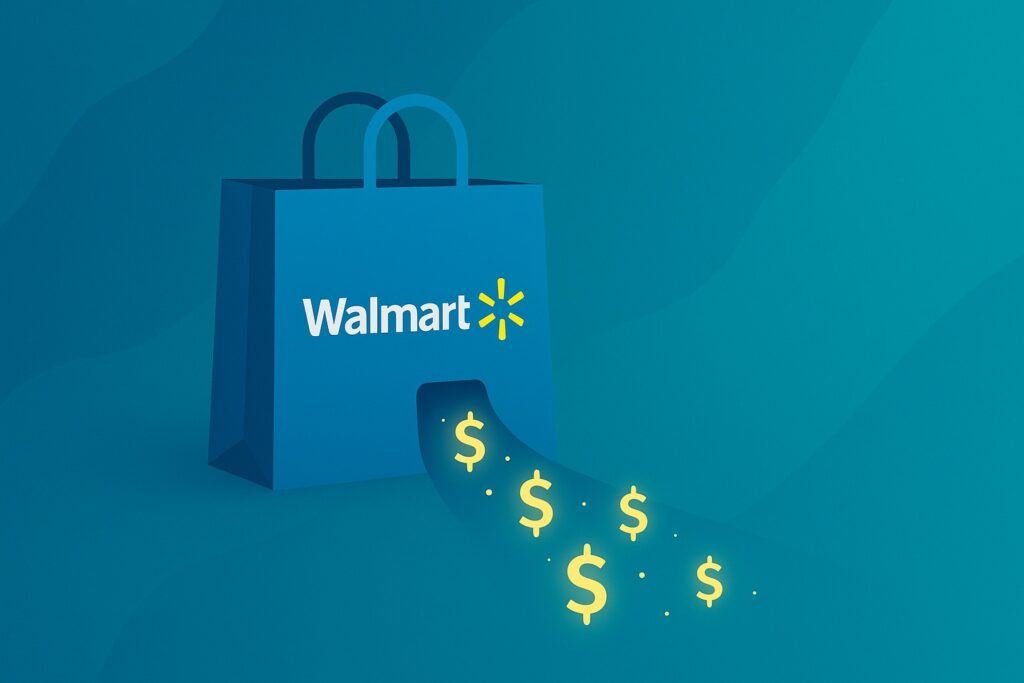- Blog
-
For Retail Vendors
Amazon just changed its shortage claims process. Here’s what vendors need to know.
Amazon has ended bulk shortage claims. Vendors now face stricter limits and more work. If you sell directly to Amazon, this shift could have a serious impact on your profit margins.

Amazon has quietly introduced a significant change to how 1P vendors must handle shortage disputes. If you sell directly to Amazon, this shift could have a serious impact on your profit margins.
What changed?
Until recently, vendors could file bulk shortage claims: consolidating hundreds or even thousands of disputed line items into a single case. Amazon has now discontinued that process.
Moving forward, vendors must:
- Submit each shortage line item individually.
- Re-file open claims and link them to the original case.
- Raise disputes within 24 months (previously five years).
For Amazon vendors with hundreds or thousands of POs, this creates a massive increase in operational workload.
Why the end of bulk shortage claims matters.
Shortages happen when Amazon claims it received fewer units than you shipped. Errors in scanning, reconciliation, or warehouse handling can lead to significant financial losses.
For Amazon vendors, these shortage disputes—sometimes called shortage reimbursements or shortage audits—can amount to 1–3% of annual revenue lost if left unclaimed.
In the past, bulk submissions allowed vendors (and their recovery partners) to capture years of missed payments in one streamlined claim. With the new rules, vendors face:
- More disputes to file — potentially thousands per account
- Greater tracking complexity — linking new cases to past disputes
- Lost recoveries — anything older than 24 months is now ineligible
Without the right systems in place, these changes risk leaving significant money on the table.
How Threecolts is responding.
At Threecolts, we’re always expecting changes like this. Amazon regularly shifts policies, and we’ve built our Margin Pro recovery infrastructure to adapt in real time.
Our proprietary engine, COLTS, has already been updated to support the new itemized process fully. That means Margin Pro can now:
- Process more than 20,000 documents per hour, per account — far beyond what manual teams can manage.
- Automatically link new disputes back to historical cases.
- Track recovery progress with full visibility for clients.
- Preserve recovery performance without requiring manual lift.
For our clients, this means one thing: your recoveries stay on track, even when Amazon moves the goalposts.
What vendors should do next to keep shortage claims running.
If you’re managing shortage disputes in-house, prepare for:
- A higher manual burden as you file line-by-line cases across Vendor Central.
- Stricter lookback limits. Claims older than 24 months are gone for good.
- Potential cash flow gaps as recovery timelines slow down.
If you’re working with Threecolts Margin Pro, you don’t need to do anything. COLTS is already handling the new process, ensuring you continue to see recoveries flow into your account.
Final thoughts.
Amazon’s policy shift underscores a simple truth: the rules will always change. The vendors who win are the ones prepared to adapt.
At Threecolts, that’s exactly what we do—turn disruption into opportunity. With Margin Pro, you can stay confident that we’re optimizing your claims, no matter how Amazon rewrites the playbook.
Ready to protect your margins? Book a free Margin Pro audit today and see how much you could recover.






















